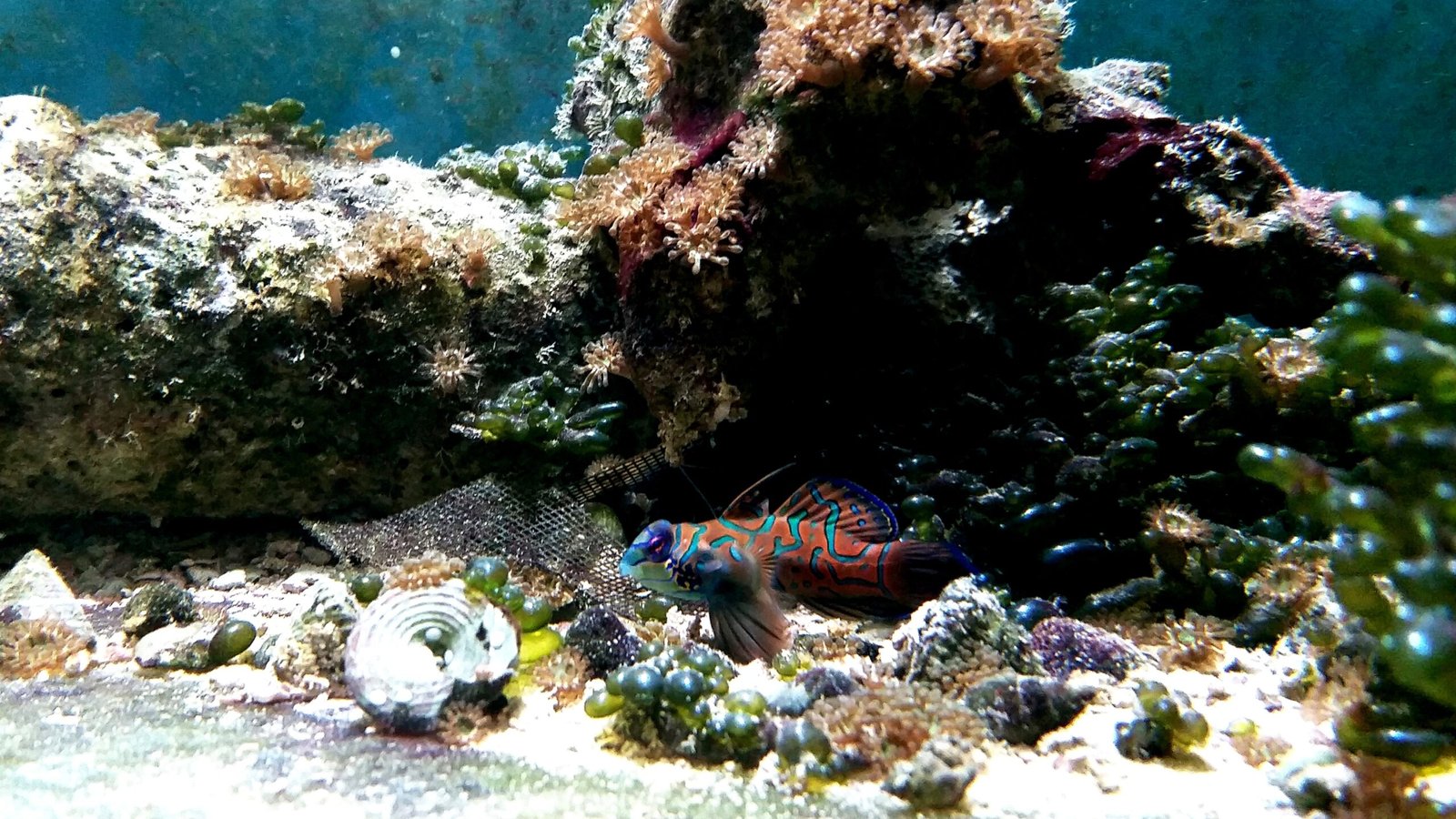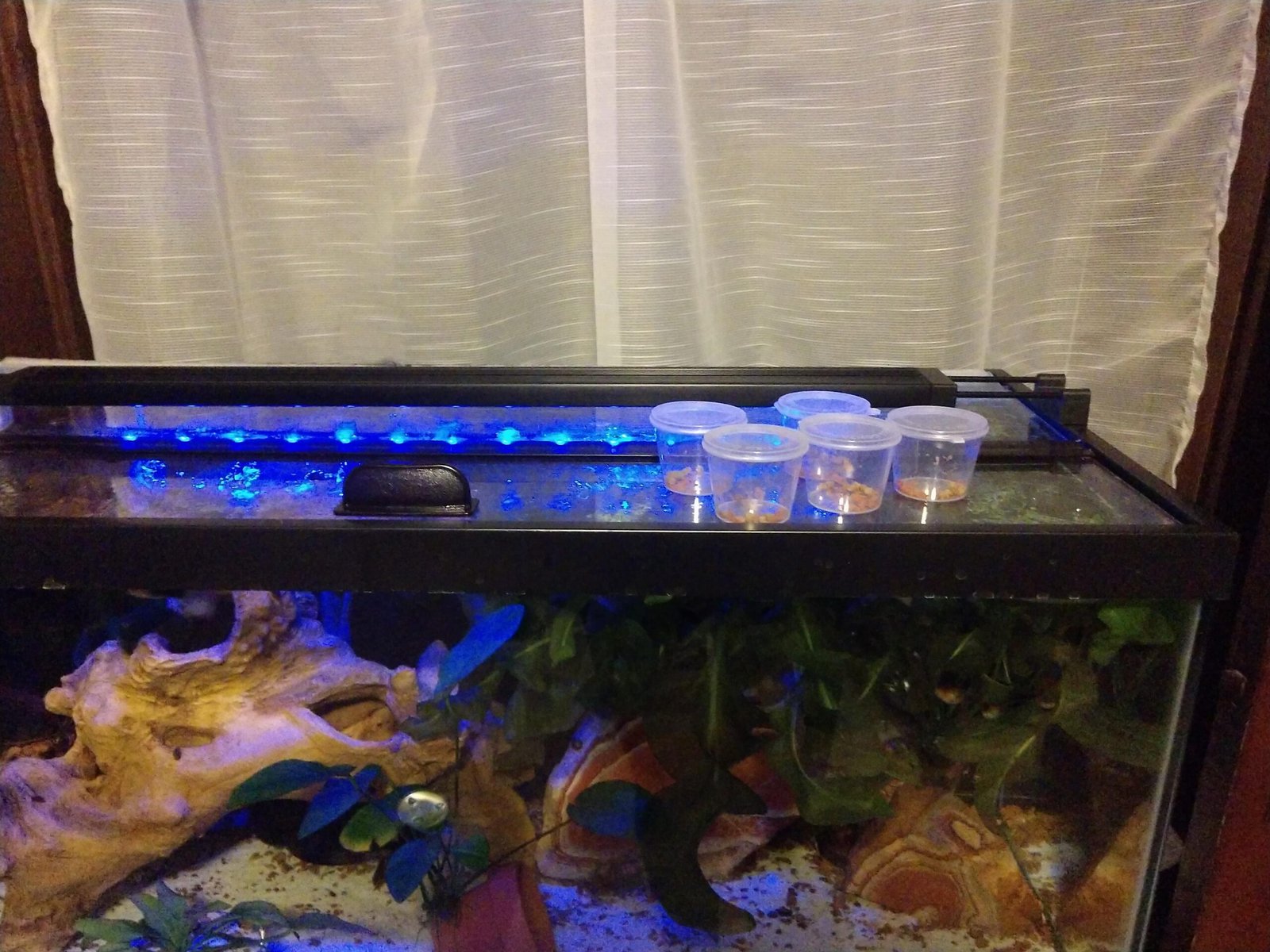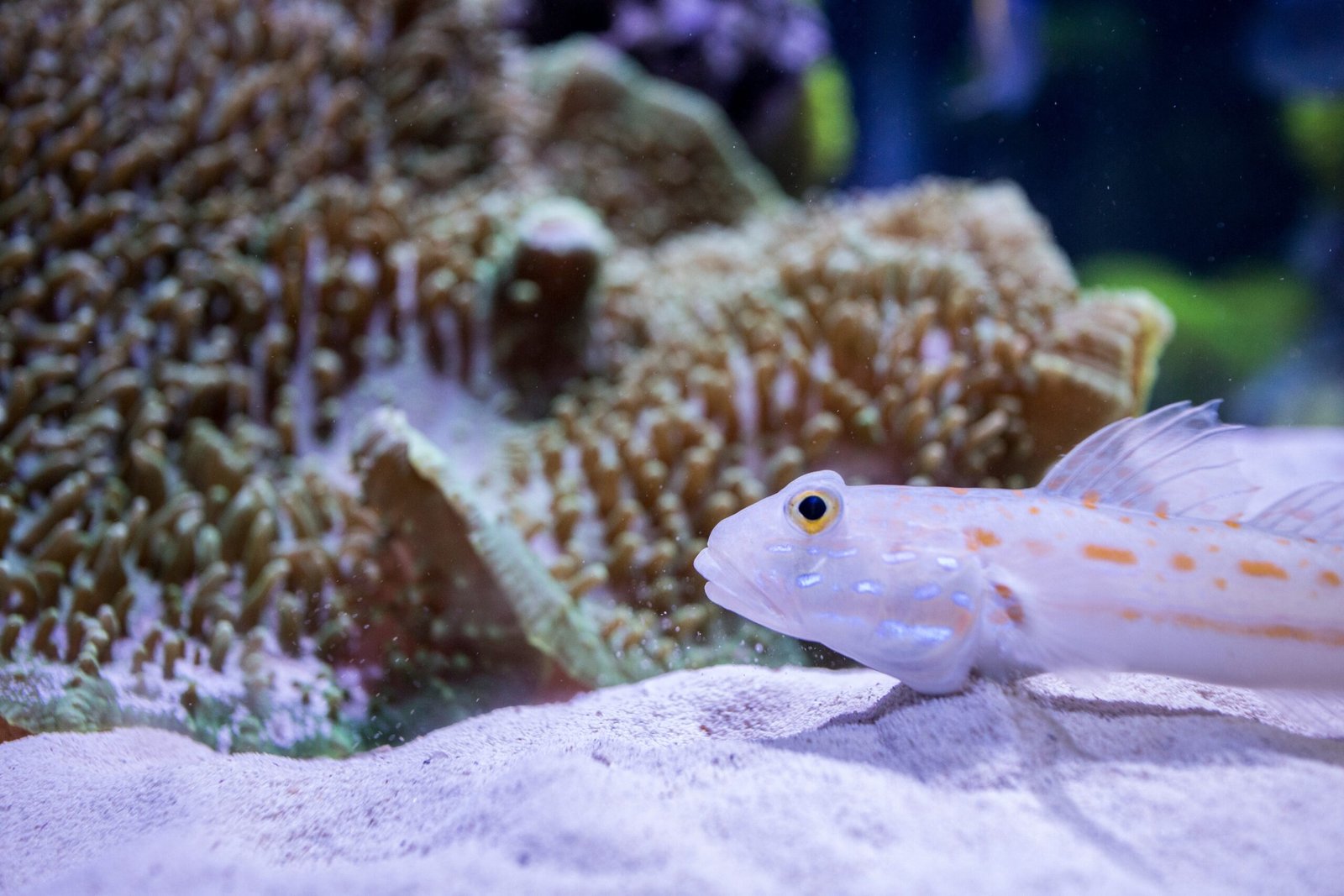Marine aquariums are like miniature oceans, bursting with life and color. However, beneath the shimmering surface lies a potential villain – marine fungus. This sneaky intruder can disrupt the balance of your aquatic paradise if not addressed promptly. Marine fungus often appears as white or dark patches on fish, invertebrates, or even the tank environment itself. These fungi can cause stress to your aquatic friends and potentially lead to more severe health problems. But fret not, fellow marine enthusiast! There are effective ways to tackle this aquatic menace. Dive into the depths of these strategies to keep your saltwater aquarium healthy and thriving.
Understanding Marine Fungus: What Are You Up Against?

Before diving into solutions, it’s crucial to understand what marine fungus is. Fungus in saltwater aquariums can be caused by a variety of factors, including poor water conditions, stress, or injuries on fish. These fungi are opportunistic, often taking advantage of weakened or stressed aquatic life. They appear as cotton-like growths on fish or structures within the tank. Recognizing these symptoms early can be the key to effective treatment. Think of fungus as unwanted guests at a party; they thrive and multiply if the conditions are favorable. Therefore, understanding their nature is the first step in reclaiming your underwater world.
Maintain Optimal Water Quality

Water quality is the heart of any healthy aquarium. Poor water conditions can be a breeding ground for fungi. Regularly test your water for parameters like pH, ammonia, nitrite, and nitrate levels. Maintaining these at optimal levels creates a hostile environment for fungi. Consider using a high-quality filter and performing regular water changes. Imagine your aquarium as a living room; you wouldn’t want dust and dirt piling up, right? Similarly, clean water ensures your aquatic life thrives without the threat of fungal infections.
Quarantine New Additions

Introducing new fish or plants to your aquarium is exciting, but it can also be risky. New additions can bring unwanted hitchhikers, including fungi. Quarantine new fish or coral in a separate tank for at least two weeks before introducing them to your main aquarium. This period allows you to observe and treat any potential fungal issues without risking the rest of your aquatic community. Think of it as a meet-and-greet in a controlled environment, ensuring everyone gets along before they move in together.
Reduce Stress in the Aquarium

Just like humans, fish and marine life can become stressed, and stress can weaken their immune systems, making them susceptible to fungal infections. Ensure your tank is not overcrowded and that your fish have enough places to hide and feel secure. Also, maintain a consistent feeding schedule and avoid sudden changes in water temperature or lighting. A calm and stable environment is like a spa for your fish, reducing stress and keeping them healthy and happy.
Use Antifungal Treatments Wisely

When you spot a fungal infection, antifungal treatments can be effective in controlling the spread. However, it’s important to use these treatments wisely. Follow the instructions carefully and consider the specific needs of your aquarium inhabitants. Overuse or incorrect use can harm your fish and beneficial bacteria. It’s akin to using medicine; too much or the wrong kind can do more harm than good. Always research and consult with fellow aquarium enthusiasts or professionals if unsure.
Ensure Proper Nutrition

A well-fed fish is a healthy fish. Proper nutrition boosts the immune system, helping your fish fight off fungal infections naturally. Provide a balanced diet that includes vitamins and minerals essential for their health. Avoid overfeeding, as excess food can degrade water quality and promote fungal growth. Think of feeding your fish as preparing a nutritious meal for your family; it’s about balance and ensuring everyone gets what they need to stay healthy.
Regular Tank Maintenance

Routine maintenance is your best defense against marine fungi. Regularly clean the substrate, remove decaying plant matter, and check for dead or decaying organisms. These can be breeding grounds for fungi. Consistent maintenance ensures your tank remains a clean and safe environment for your aquatic friends. Imagine it as spring cleaning for your aquarium; it keeps everything fresh and reduces the chances of unexpected fungal guests.
Seek Professional Help When Needed

Sometimes, even with the best efforts, marine fungi can become a persistent problem. In such cases, don’t hesitate to seek professional help. Aquarium experts can provide insights and treatments tailored to your specific needs. They can be the lifeline you need to restore balance and health to your aquarium. Think of them as the doctors of the aquatic world, ready to diagnose and treat any stubborn fungal issues your tank might face.
In conclusion, dealing with marine fungus in a saltwater aquarium requires a proactive approach. By understanding the nature of fungi and implementing these strategies, you can maintain a healthy and vibrant aquatic environment. With patience and diligence, your aquarium will continue to be a beautiful and thriving ecosystem.


Born and bred in South Africa, a Capetonian at heart. Amy-Leigh’s love for nature and animals was inherited from her Dad. He loves taking the family on road trips to experience nature at its finest; Amy-Leigh’s favourite being whale watching in Hermanus and spotting Kudu along the West Coast. Amy-Leigh holds a BA in English Literature and Communication Studies.






